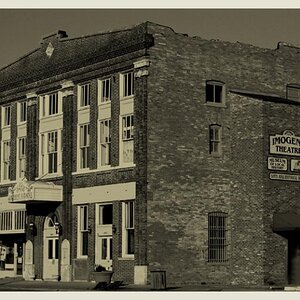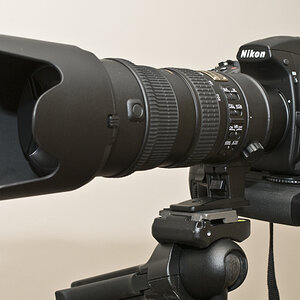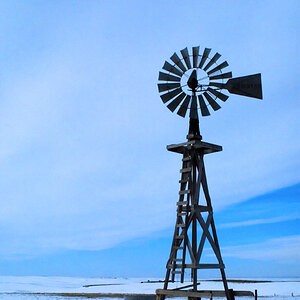rmh159
TPF Noob!
- Joined
- Jun 13, 2006
- Messages
- 1,028
- Reaction score
- 0
- Location
- Milwaukee, WI
- Can others edit my Photos
- Photos NOT OK to edit
A friend pointed me to the work of Ryan Schude and I'm wondering if anyone can explain how he does this style of lighting. For example:
Check out this shot
At first glance I thought they were simply separate exposures for each model where he could optimize the lighting for each, then stitch them together and clone out the lighting equip in post but on his flickr page he states: "they were all right there together, this is done with one frame, no compositing" so I'm lost.
Any ideas? His work is amazing if you want to check out the rest of it at www.ryanschude.com
Check out this shot
At first glance I thought they were simply separate exposures for each model where he could optimize the lighting for each, then stitch them together and clone out the lighting equip in post but on his flickr page he states: "they were all right there together, this is done with one frame, no compositing" so I'm lost.
Any ideas? His work is amazing if you want to check out the rest of it at www.ryanschude.com


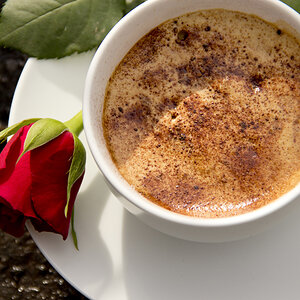

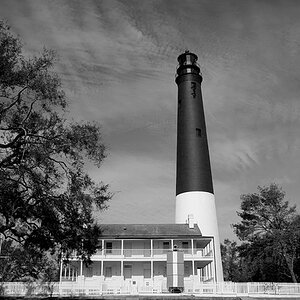
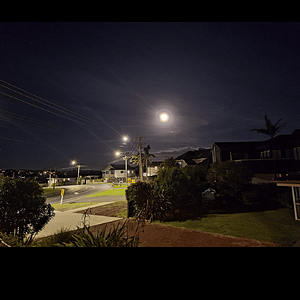
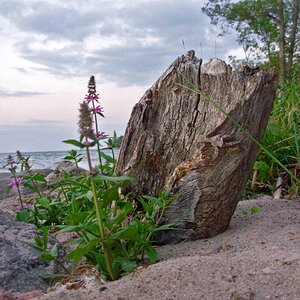
![[No title]](/data/xfmg/thumbnail/42/42280-60cc6d4893a2f440eac7dd2248e733a9.jpg?1619740088)
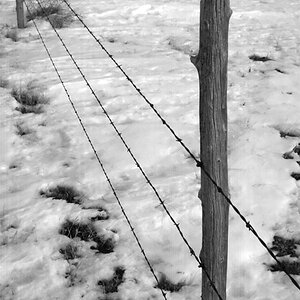
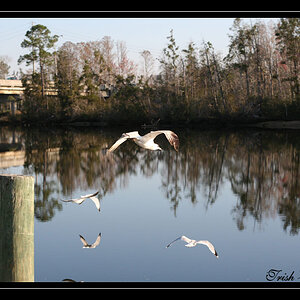
![[No title]](/data/xfmg/thumbnail/42/42281-7e2c2677bdc791ca1918fb67b6b760c5.jpg?1619740089)
